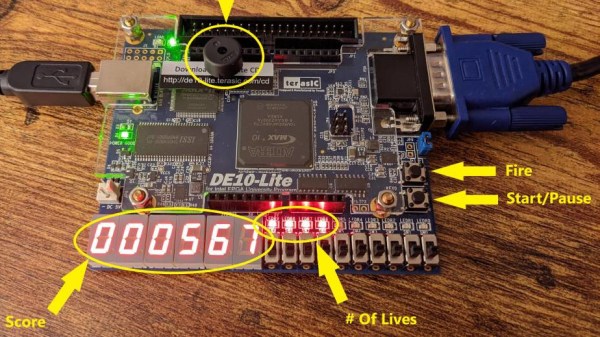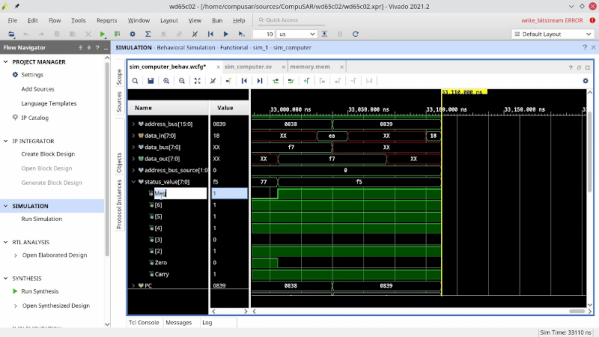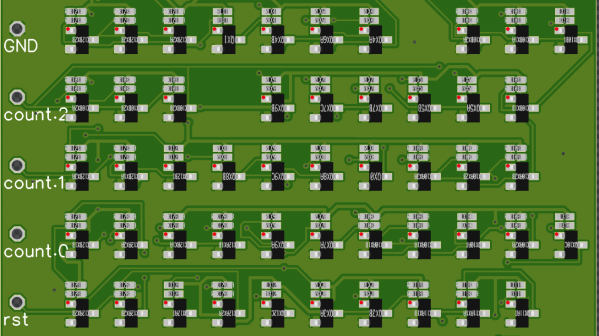Hundreds of variations of open-source CPUs written in an HDL seem to float around the internet these days (and that’s a great thing). Many are RISC-V, an open-source instruction set (ISA), and are small toy processors useful for learning and small tasks. However, if you’re [Paul Campbell], you go for a high-end super-scalar, out-of-order, speculative, 8 IPC monster of a RISC-V CPU known as VRoom!.
That might seem a bit like word soup to the uninitiated in the processor design world (which is admittedly relatively small) but what makes this different from VexRISC is the scale and complexity. Rather than executing one instruction at a time sequentially, it executes multiple instructions, completing them concurrently in whatever order it can handle. The VexRISC chip is a good 32-bit modular design that can run Linux. It pulls a solid 1.57 DMIPS/MHz with everything turned on. The VRoom already clocks in at mighty 6.5 DMIPS/MHz, with more performance gains. It peaks at 8 instructions every clock cycle with a dual register file and a clever committing system to keep up.
VRoom is written in System Verilog to leverage Verilator (a handy linting and simulation framework), and while there is some C that generates different files, we’d wager it is pretty run-of-the-mill compared to a TypeScript based project. VRoom currently boots Linux thanks to an AWS-FPGA instance (a Xilinx VU9P Ultrascale), though it has to be trimmed to fit. [Paul] has big plans working his way up to a server-class chip with lots of cores and a huge cache.
It’s all on GitHub under a GPLv3 license; go check it out! [Paul] also has a talk with lots of great details. If you’re interested in getting into RISC-V but a server-class isn’t your speed, we heard Espressif is starting to use RISC-V cores in their ever-popular ESP series.


















